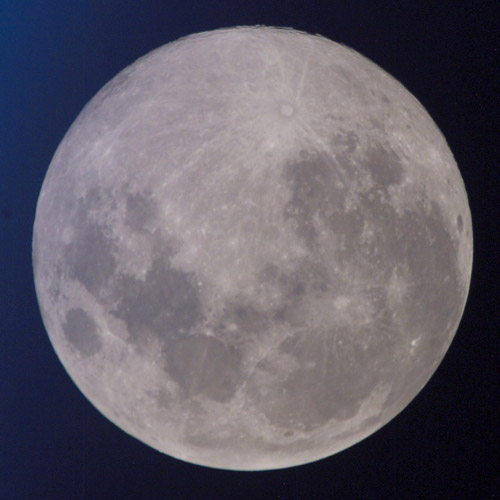 Scientists really have really gone through some in-depth analysis on what caused the Titanic accident, after hours of rational thinking they concluded that the Moon is responsible for it! The Moon still hasn’t responded to these blatant accusations.
Scientists really have really gone through some in-depth analysis on what caused the Titanic accident, after hours of rational thinking they concluded that the Moon is responsible for it! The Moon still hasn’t responded to these blatant accusations.
Ignoring the crazy part, here is their explanation, “But the lunar connection may explain how an unusually large number of icebergs got into the path of the Titanic,” said Donald Olson, a Texas State University physicist whose team of forensic astronomers examined the moon’s role.
Ever since the Titanic sank in the early morning of April 15, 1912, killing 1,517 people, researchers have puzzled over Captain Edward Smith’s seeming disregard of warnings that icebergs were in the area where the ship was sailing.
Smith was the most experienced captain in the White Star Line and had sailed the North Atlantic sea lanes on numerous occasions. He had been assigned to the maiden voyage of the Titanic because he was a knowledgeable and careful seaman.
Greenland icebergs of the type that the Titanic struck generally become stuck in the shallow waters off Labrador and Newfoundland, and cannot resume moving southward until they have melted enough to re-float or a high tide frees them, Olson said.
So how was it that such a large number of icebergs had floated so far south that they were in the shipping lanes well south of Newfoundland that night?
The team investigated speculation by the late oceanographer Fergus Wood that an unusually close approach by the moon in January 1912 may have produced such high tides that far more icebergs than usual managed to separate from Greenland, and floated, still fully grown, into shipping lanes that had been moved south that spring because of reports of icebergs.
Olson said a “once-in-many-lifetimes” event occurred on January 4, 1912, when the moon and sun lined up in such a way that their gravitational pulls enhanced each other. At the same time, the moon’s closest approach to earth that January was the closest in 1,400 years, and the point of closest approach occurred within six minutes of the full moon. On top of that, the Earth’s closest approach to the sun in a year had happened just the previous day.
“This configuration maximized the moon’s tide-raising forces on the Earth’s oceans,” Olson said. “That’s remarkable.”
His research determined that to reach the shipping lanes by mid-April, the iceberg that the Titanic struck must have broken off from Greenland in January 1912. The high tide caused by the bizarre combination of astronomical events would have been enough to dislodge icebergs and give them enough buoyancy to reach the shipping lanes by April, he said.
Olson’s team has sought to use tide patterns to determine exactly when Julius Caesar invaded Britain and prove the legend that Mary Shelley was inspired by a bright full moon shining through her window to write the gothic classic “Frankenstein.”
The team’s Titanic research may have vindicated Captain Smith – albeit a century too late – by showing that he had a good excuse to react so casually to a report of ice in the ship’s path. He had no reason at the time to believe that the bergs he was facing were as numerous or as large as they turned out to be, Olson said.
“In astronomical terms, the odds of all these variables lining up in just the way they did was, well, astronomical,” he said.
The research will appear in the April issue of “Sky & Telescope” magazine.
 Thfire.com Everyday news that matters
Thfire.com Everyday news that matters 